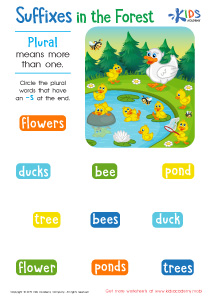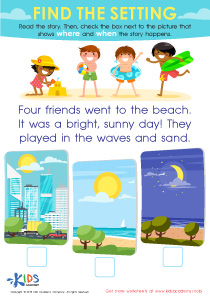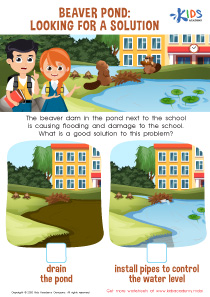Shape identification Easy Worksheets for Ages 3-8
6 filtered results
-
From - To
Discover our engaging Shape Identification Easy Worksheets, designed specifically for children ages 3-8! Perfect for early learners, these worksheets make recognizing and naming basic shapes fun and interactive. Each printable activity develops essential learning skills, aiding in hand-eye coordination and spatial awareness. Whether practicing at home or in the classroom, kids will enjoy tracing, coloring, and identifying shapes like circles, squares, triangles, and more. Foster a strong foundation in early geometry and boost your child's confidence with our age-appropriate, easy-to-follow worksheets. Start exploring the joy of learning shapes today!
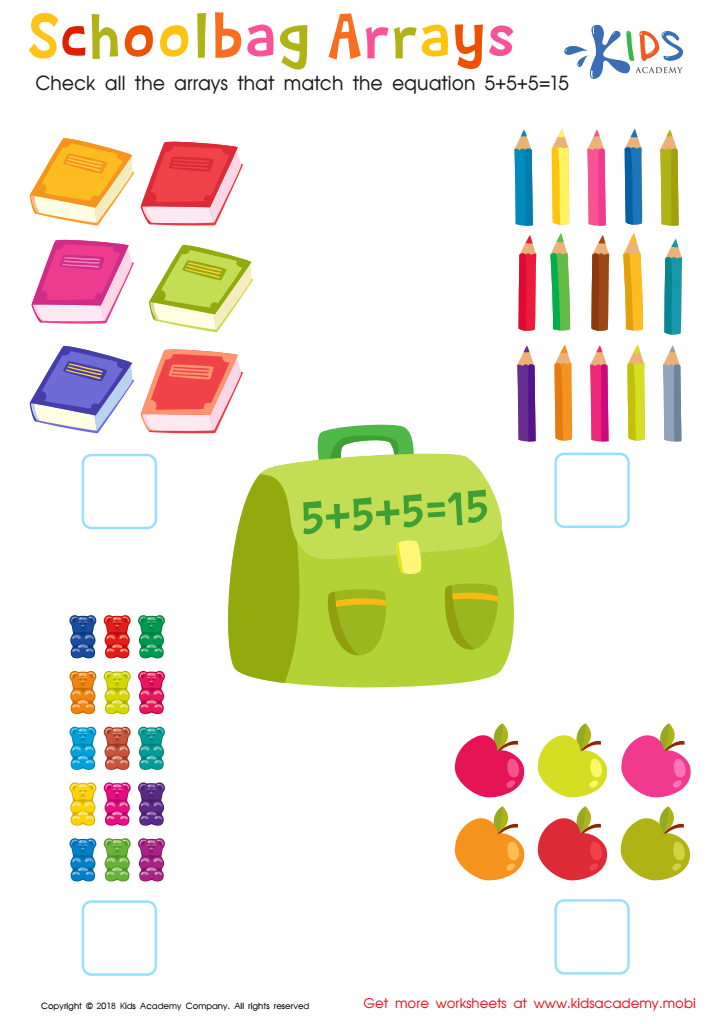

Schoolbag Arrays Worksheet


Number 2 Printable
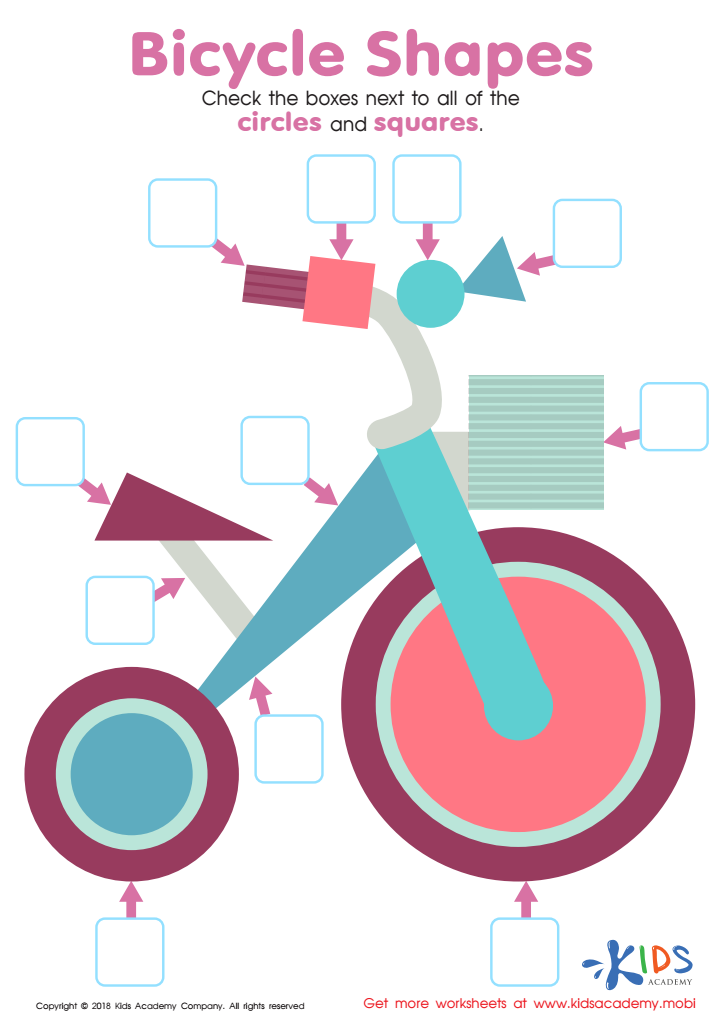

Bicycle Shapes Worksheet
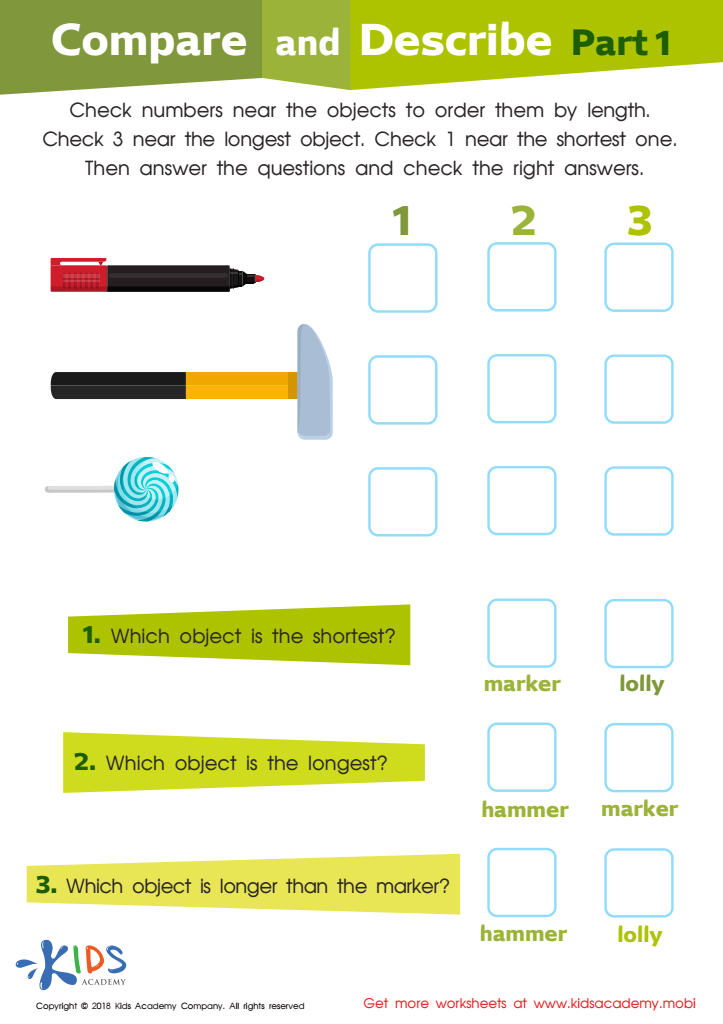

Compare and Describe: Part 1 Worksheet
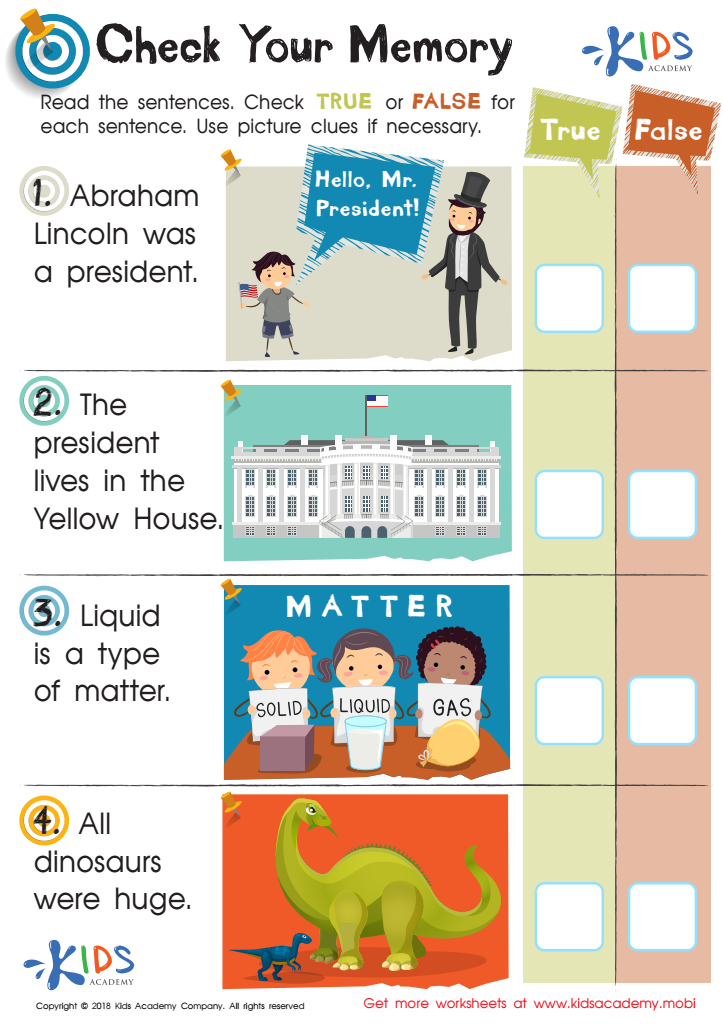

Check Memory Worksheet
Shape identification is a foundational skill for children ages 3-8 that significantly contributes to their cognitive development, mathematical understanding, and spatial awareness. At this age, learning to recognize and name shapes lays the groundwork for more advanced concepts in geometry. When parents and teachers emphasize shape identification, they are helping young minds create connections between visual forms and their corresponding names, enhancing both their vocabulary and memory.
Shapes are everywhere in the environment, from the circular face of a clock to the rectangular frame of a door. By learning to identify these shapes, children can better understand and interpret the world around them. Shape identification also serves as an early math skill that supports later success in subjects such as geometry, algebra, and even physics.
Moreover, recognizing shapes helps improve fine motor skills through activities like drawing, tracing, and cutting shapes out of paper. These activities develop hand-eye coordination and dexterity. Socially and emotionally, shape activities often involve play, fostering cooperative skills when children work together on puzzles or building blocks.
Ultimately, early mastery of shape identification creates a solid foundation, making future learning experiences both enjoyable and meaningful. It’s a critical stepping stone, not just for academic success, but for overall intellectual growth and curiosity.
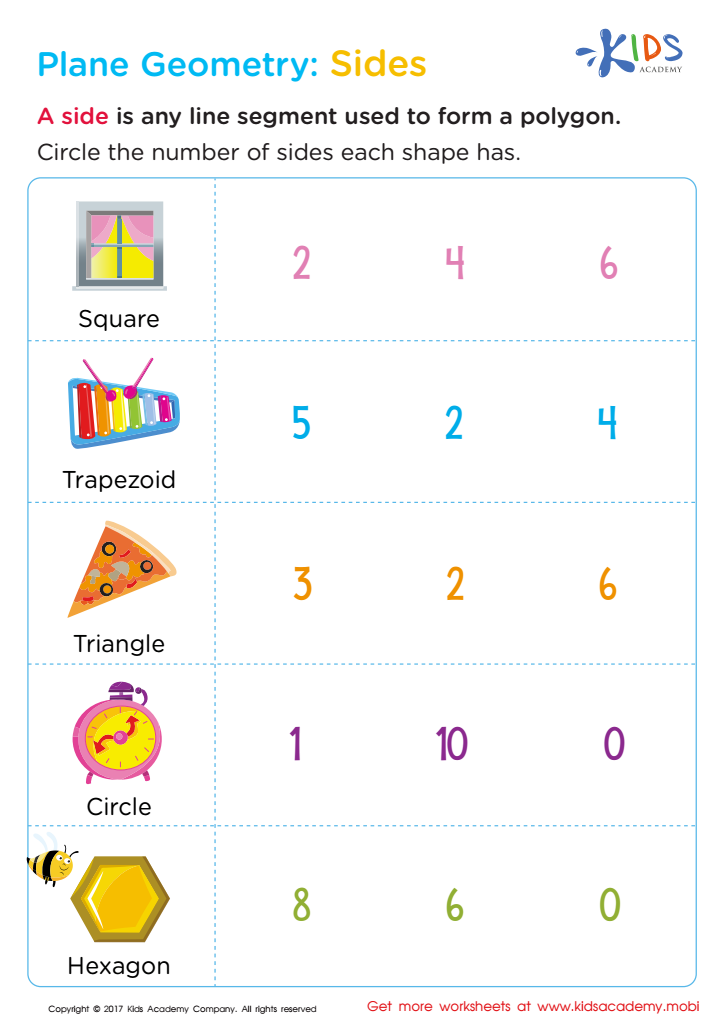
 Assign to My Students
Assign to My Students






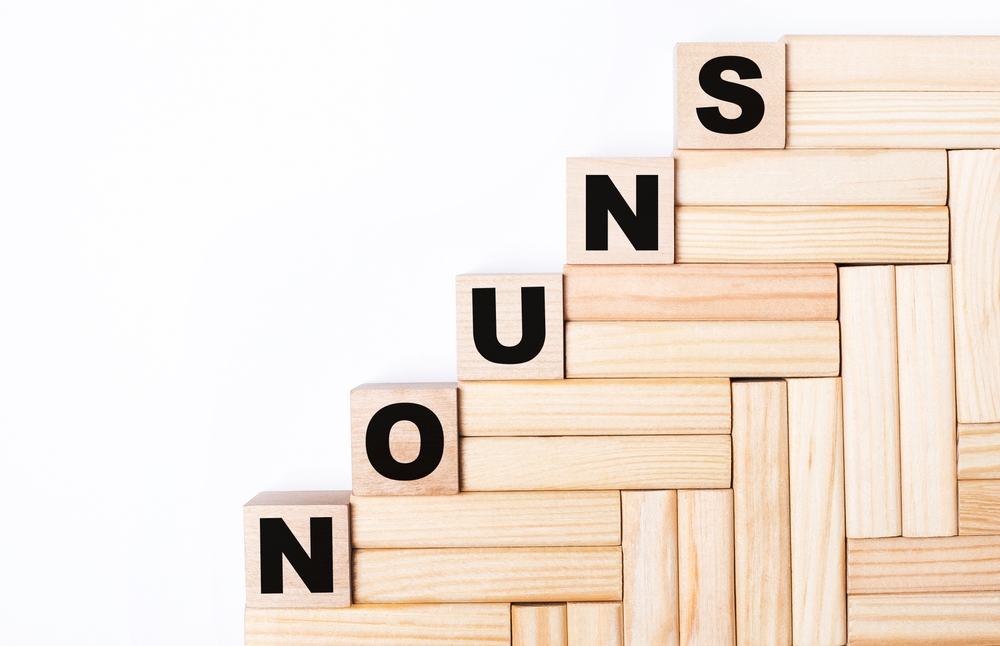

.jpg)




